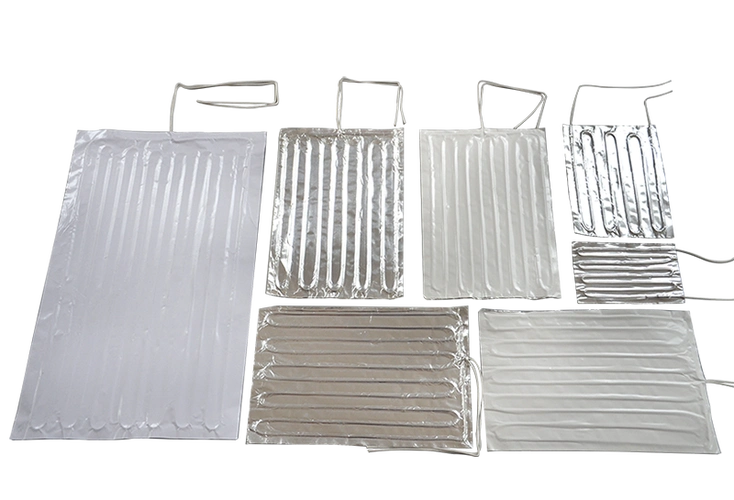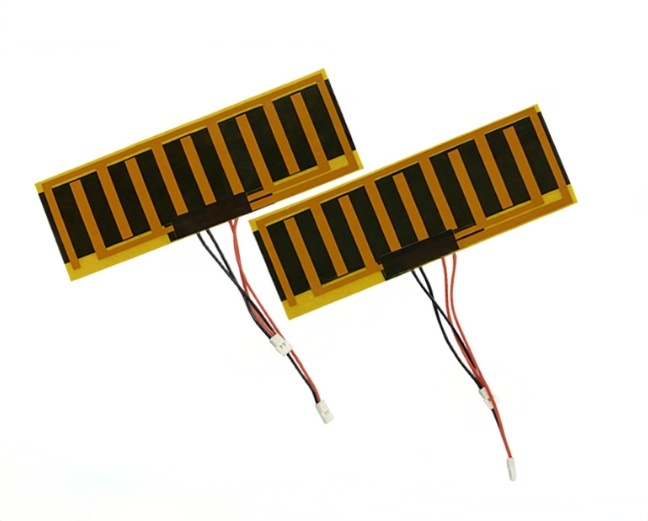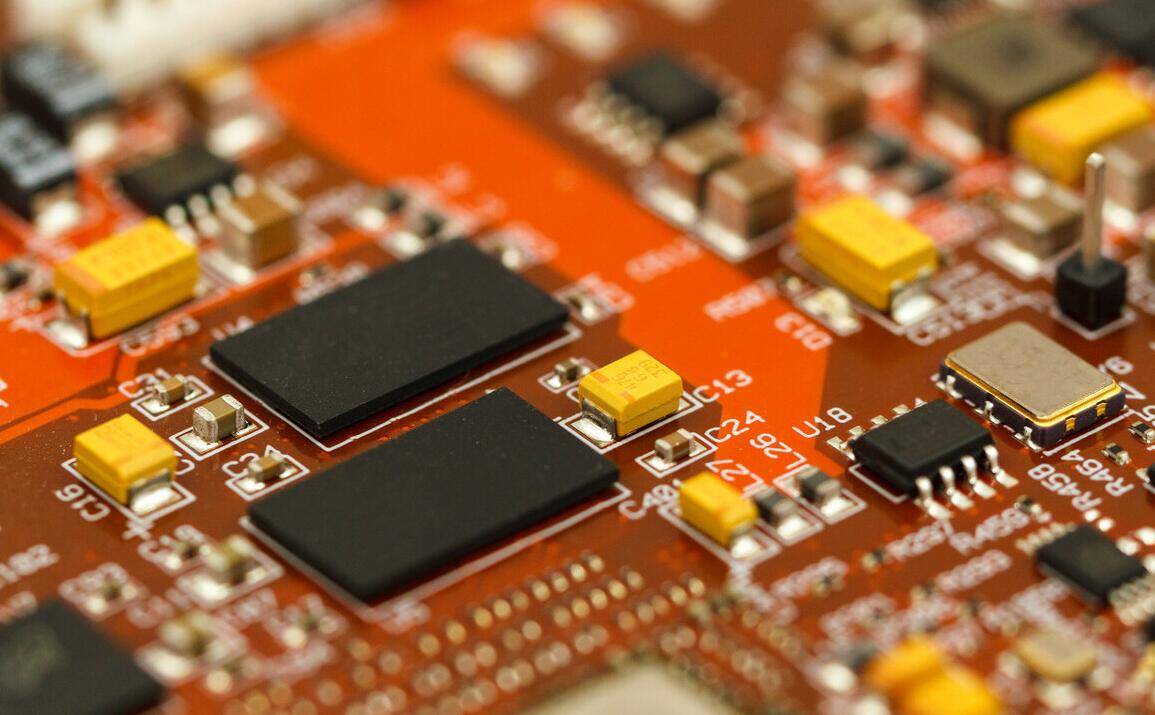
How Aluminium Foil Heaters Work and Where to Use Them?

How PI Graphene Heating Films Achieve "Instant Heat-up" and "Ultra-Low Energy Consumption"?

12 Safety & Longevity Guidelines Before Installation for Flexible Film Heaters

Battery Drying & Formation Equipment Heating Plate

How Flexible Heaters Achieve Consistent Medical Fluid Warming?
The automotive industry demands heating solutions that withstand vibrations, moisture, and extreme temperatures. Silicone rubber heaters, with their rugged construction and rapid heat transfer, are transforming applications from electric vehicles to autonomous driving systems.

Key Benefits of Silicone Rubber Heaters
IP67 Waterproof Rating: Ideal for EV charging ports and outdoor sensors.
Vibration Resistance: Withstand 5G acceleration, perfect for engine compartments.
Chemical Stability: Resist oils, fuels, and UV exposure for long-term reliability.
Innovative Automotive Applications
EV Battery Preheating
Cold weather reduces lithium-ion battery efficiency by up to 40%. Silicone heaters preheat packs to 20°C, improving winter range by 15–25%.
ADAS Sensor Protection
LiDAR and camera systems in autonomous vehicles require frost-free operation. HRX’s low-profile heaters (1.5mm thick) prevent fogging and ice buildup without obstructing sensor
Passenger Comfort
Custom-shaped heaters integrate seamlessly into steering wheels and seats, reaching 50°C in under 60 seconds for enhanced comfort.
HRX’s Custom Solutions
Curved Heaters: Designed for side mirrors and camera housings.
Self-Regulating Options: PTC technology prevents overheating in confined spaces.
From enhancing safety to boosting efficiency, silicone rubber heaters are redefining automotive thermal management. [Request a quote] from HRX Heaters to explore custom designs.

We offer a wide variety of high-efficiency heaters and heating element.Such as polyimide/kapton heaters,silicone rubber heaters,PET transparent heaters, thick film heaters,PTC heaters, mica heaters,epoxy resin heaters and graphene heating film.